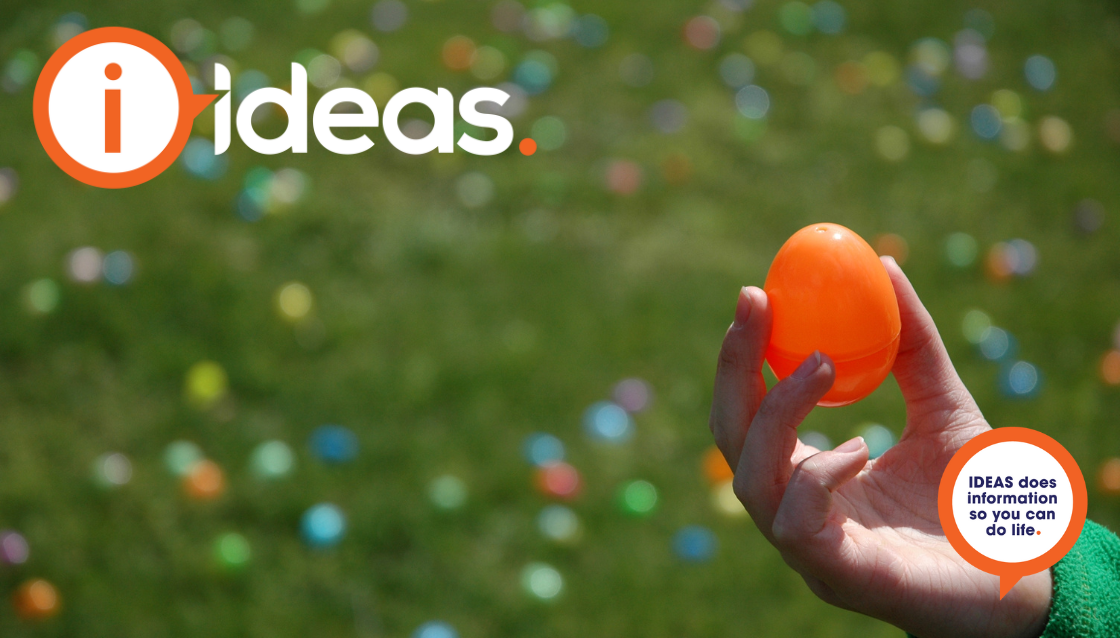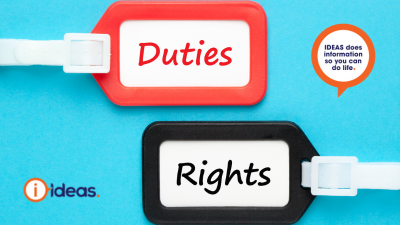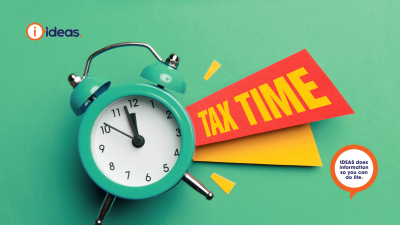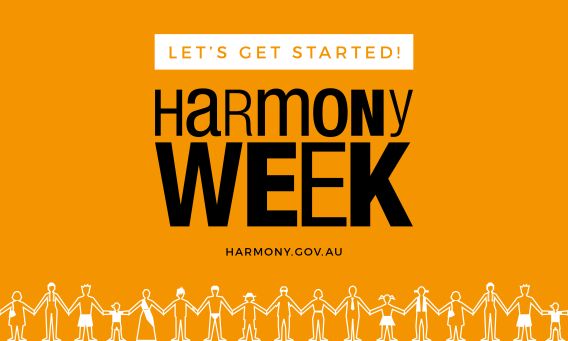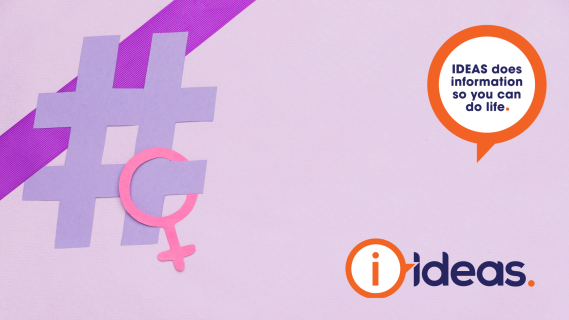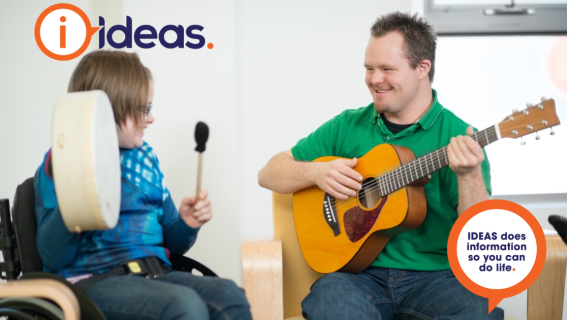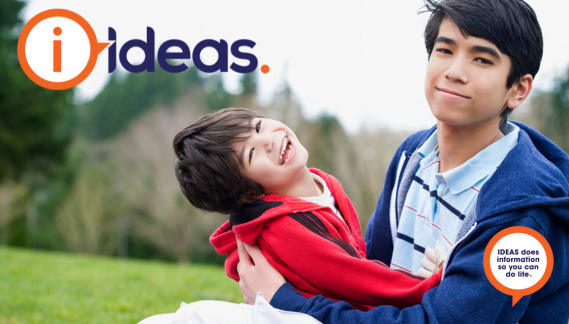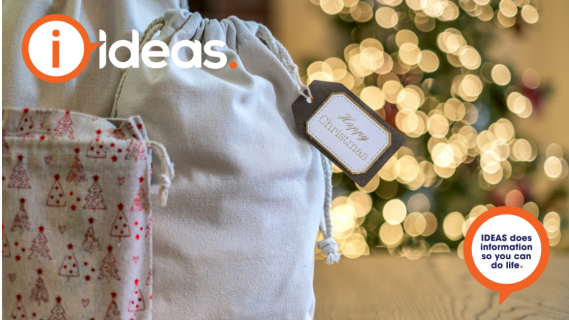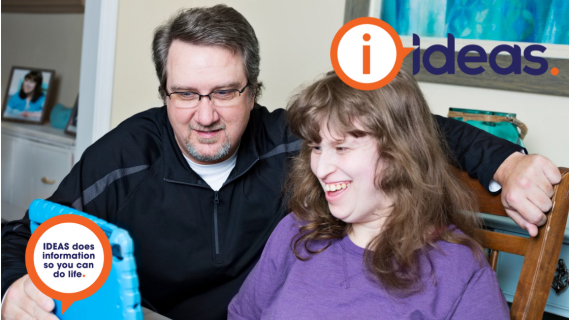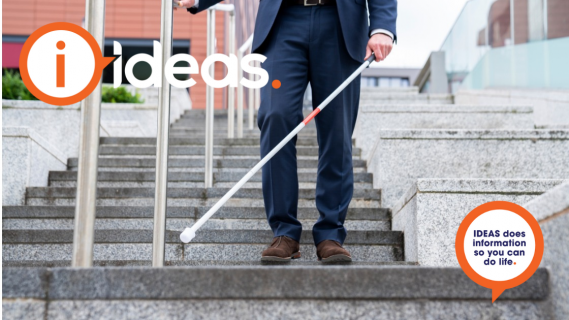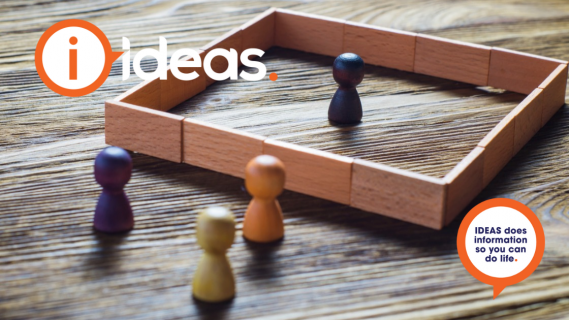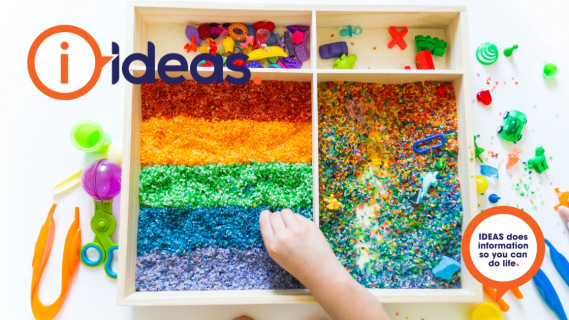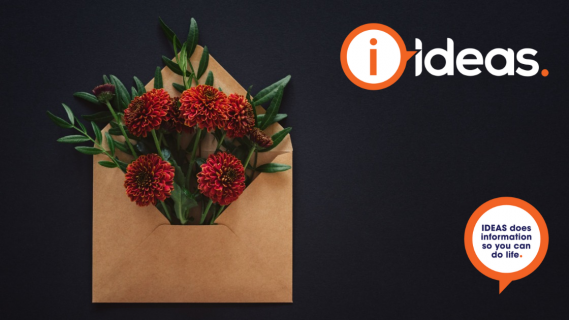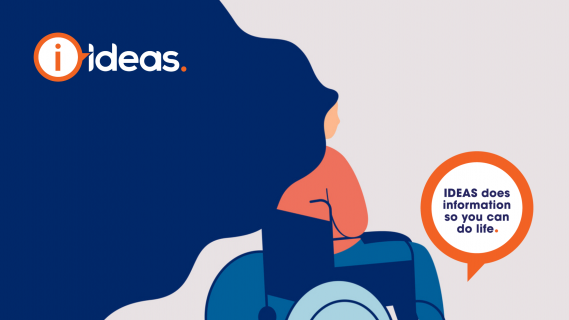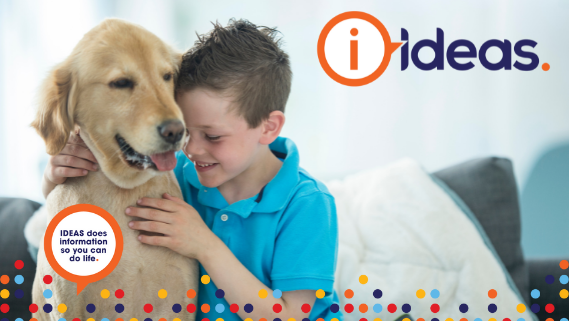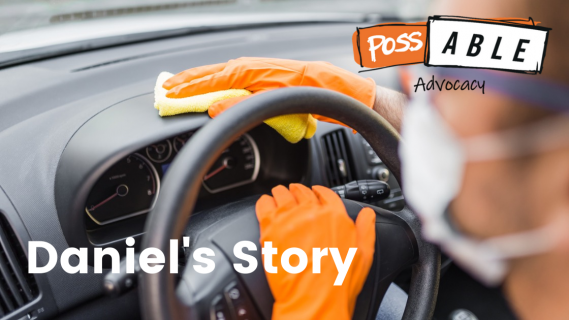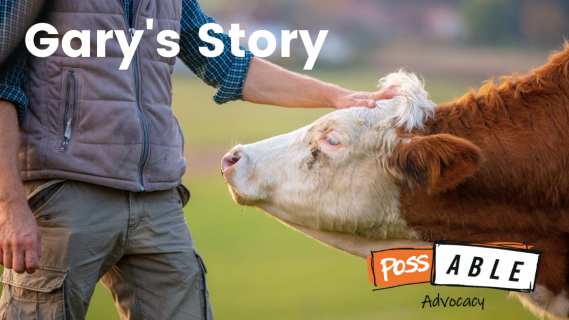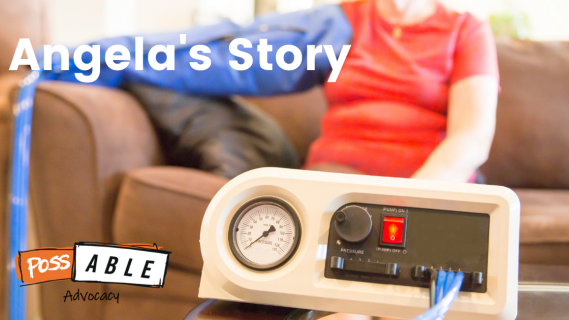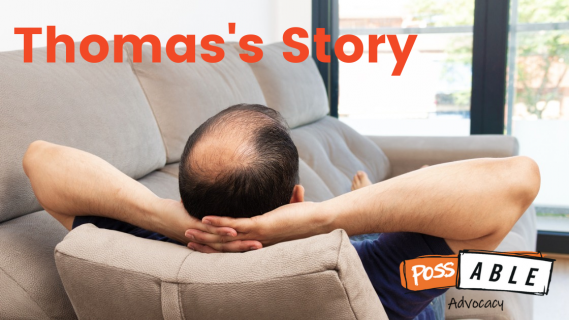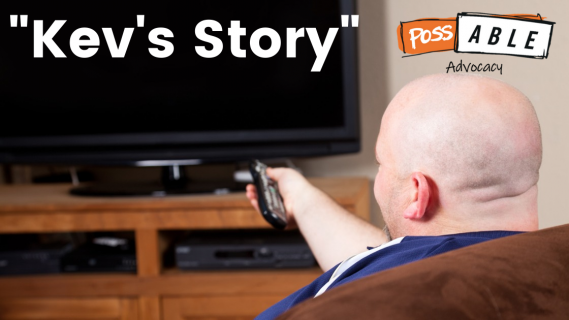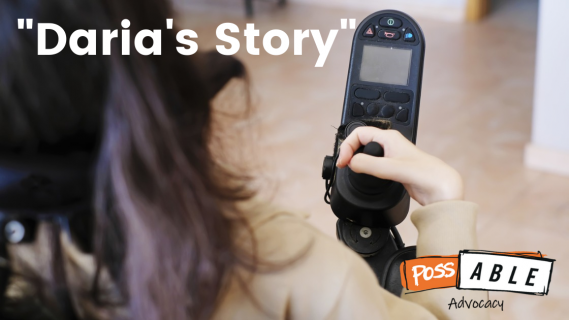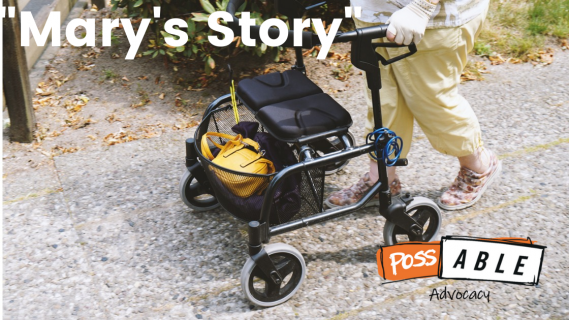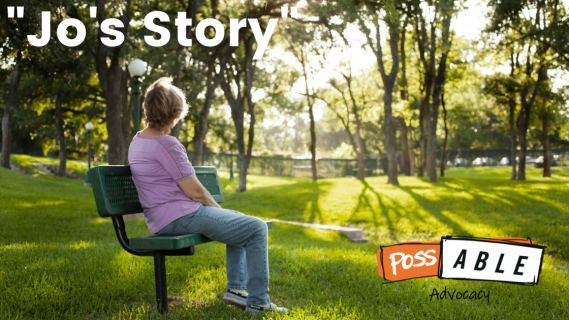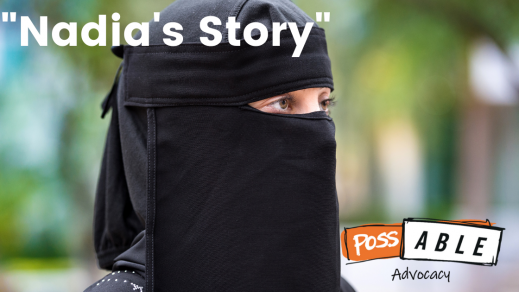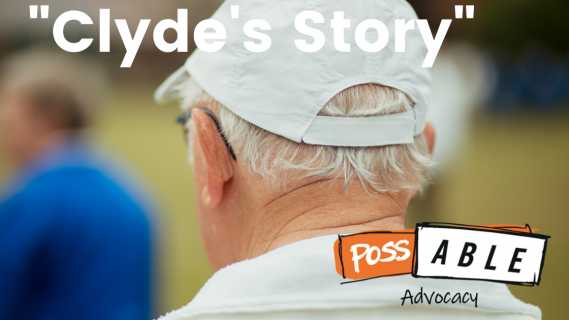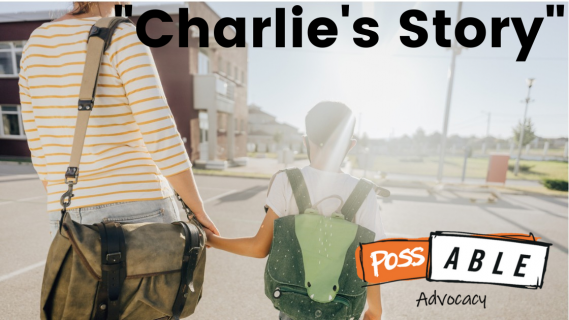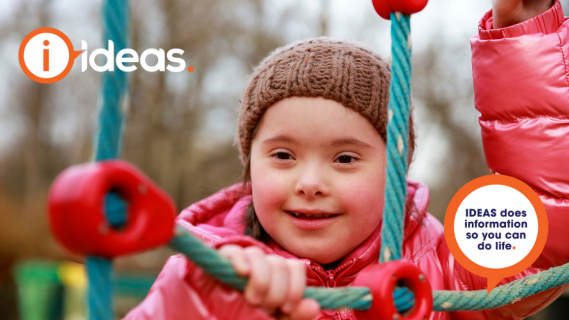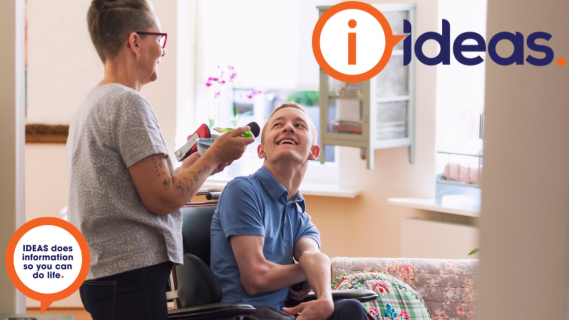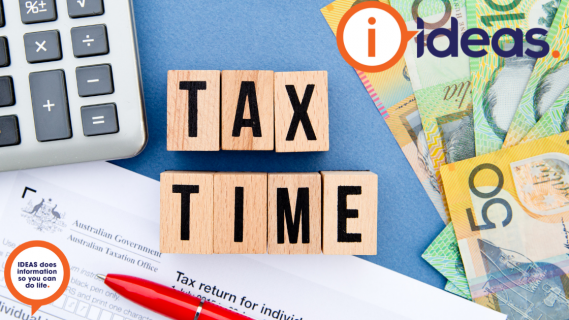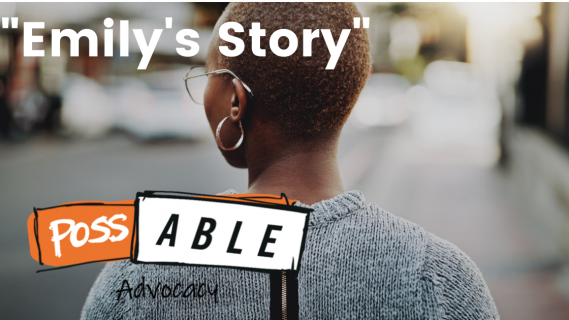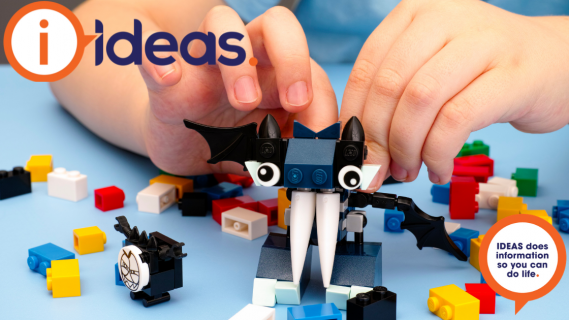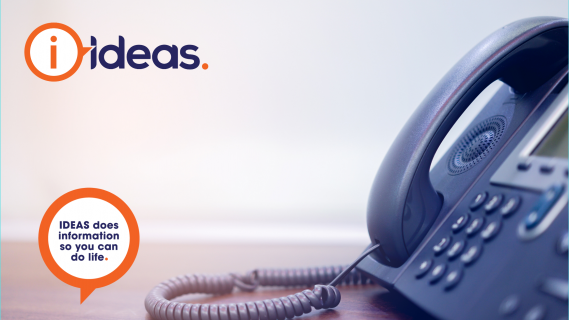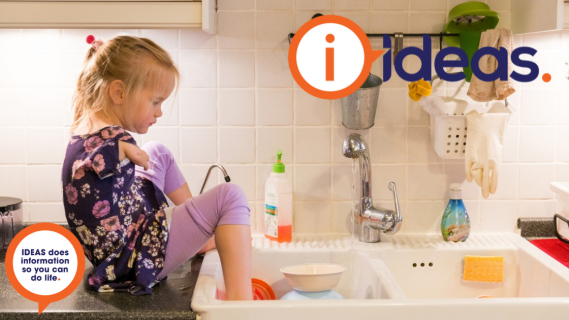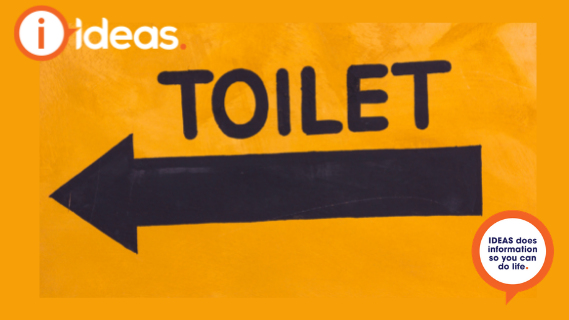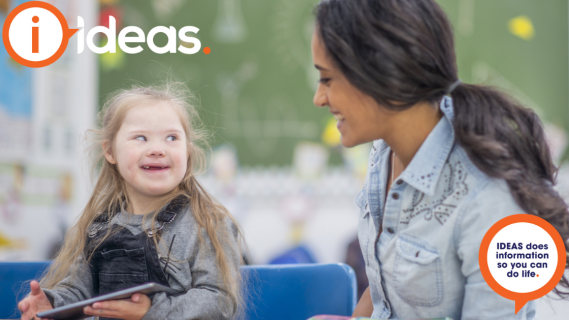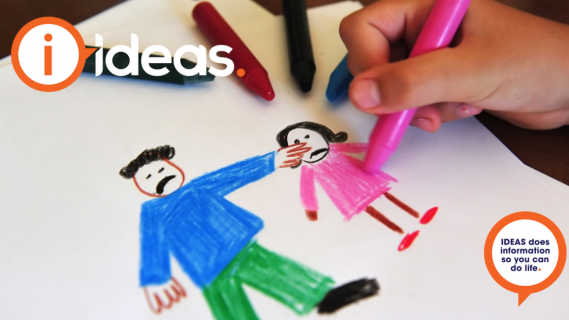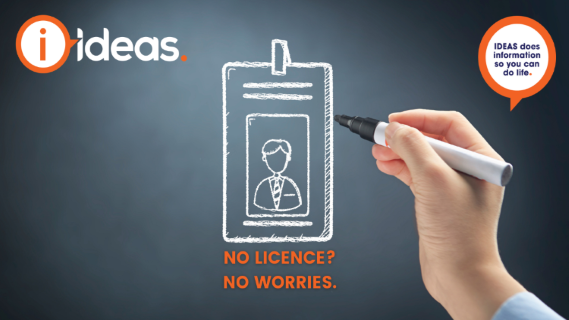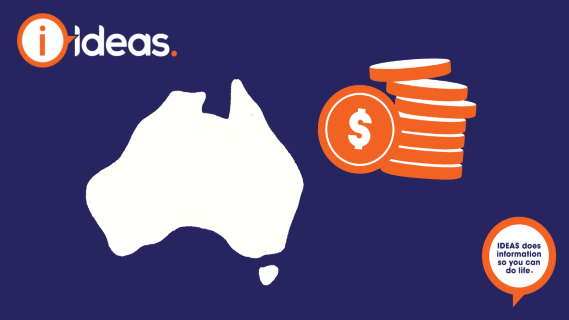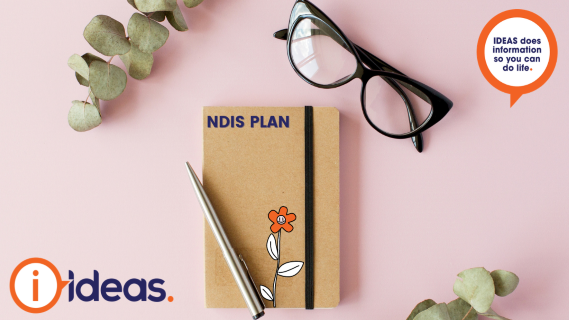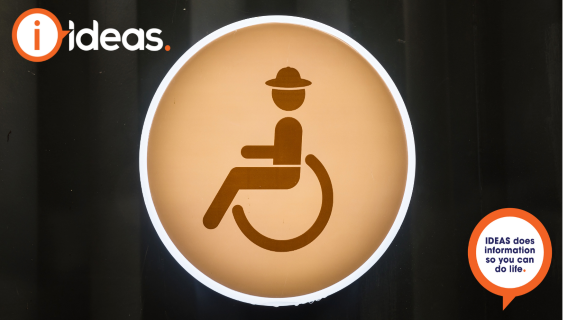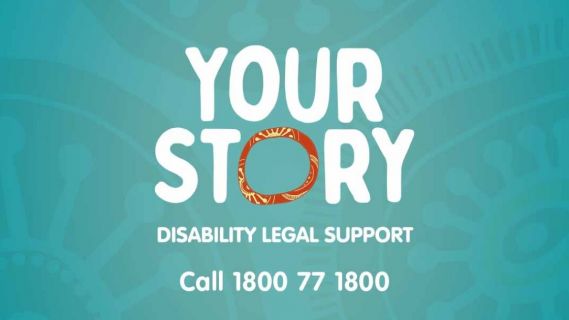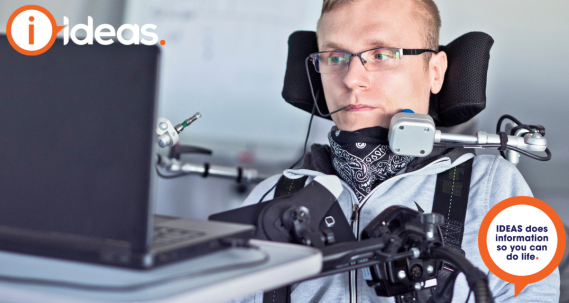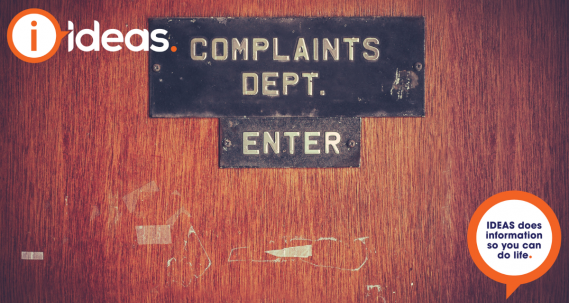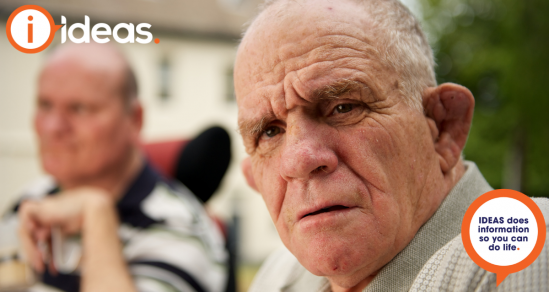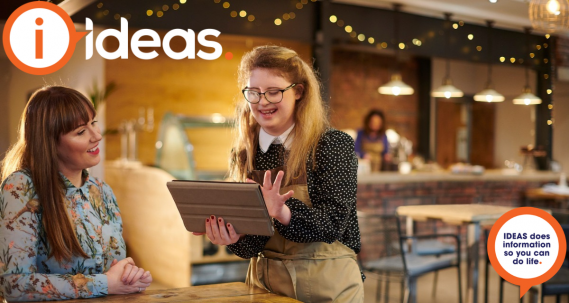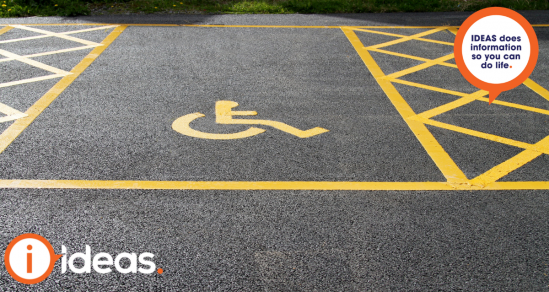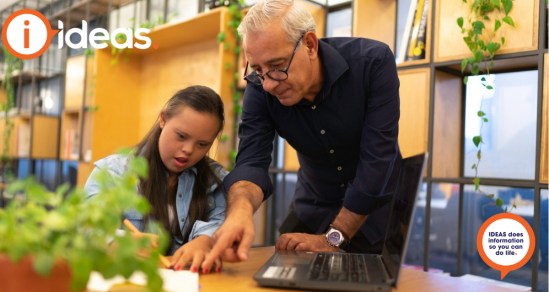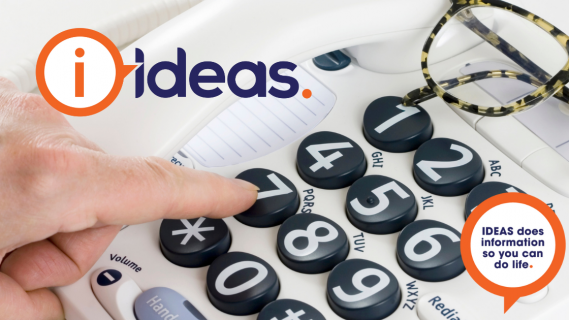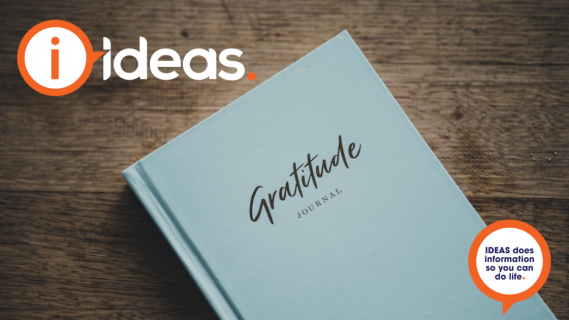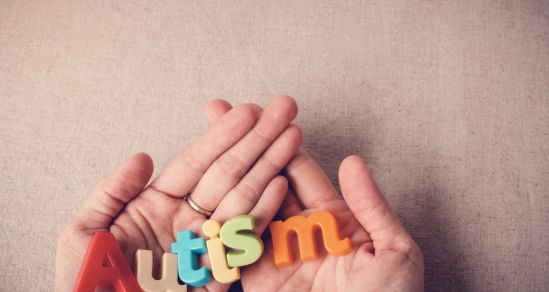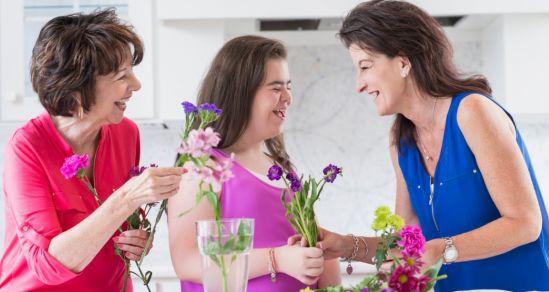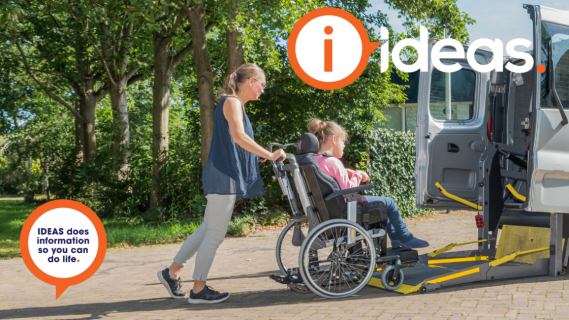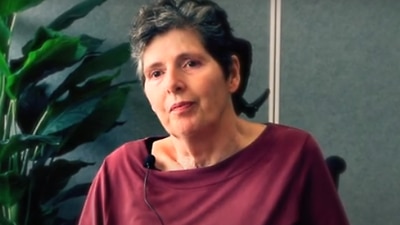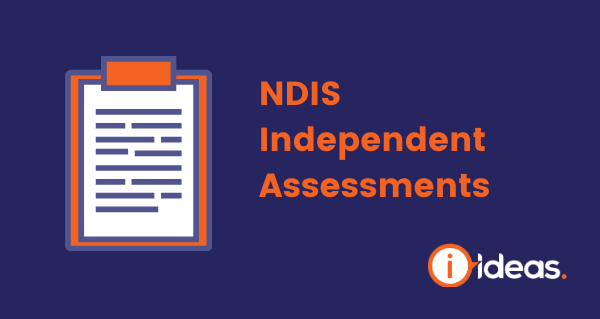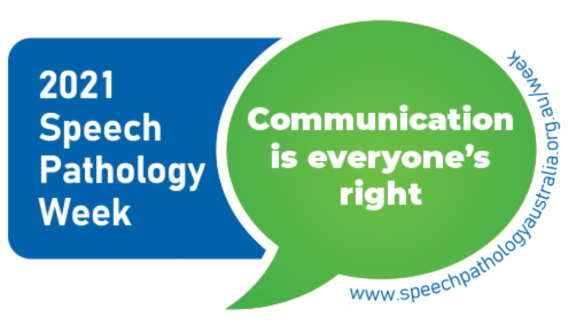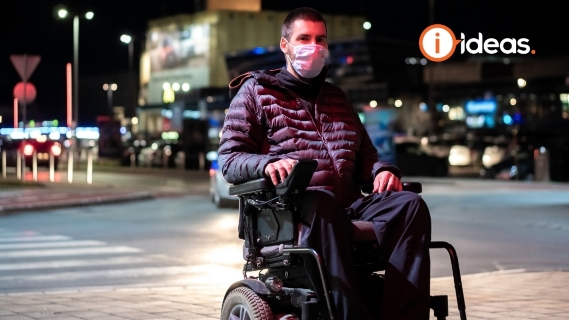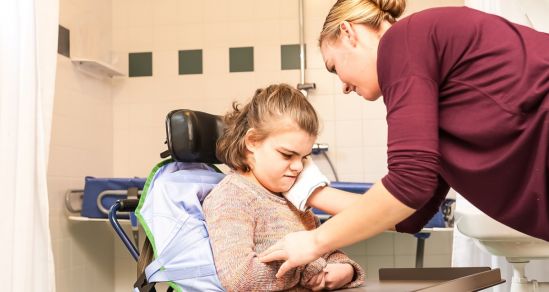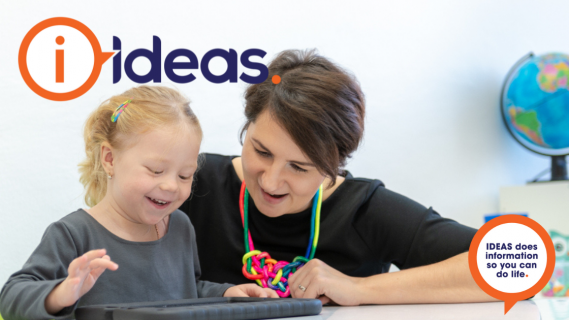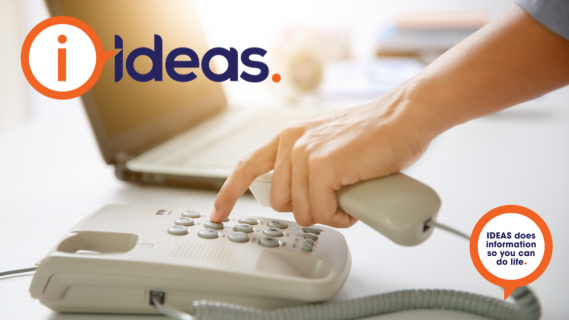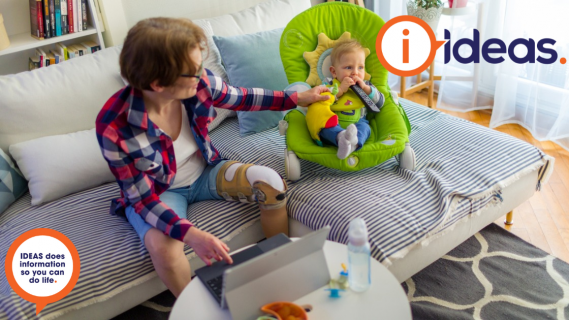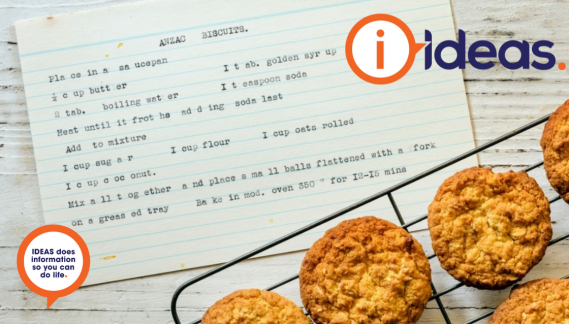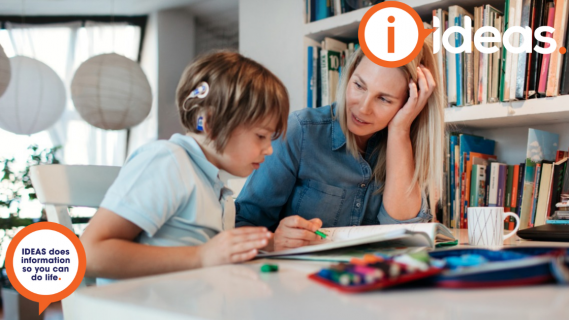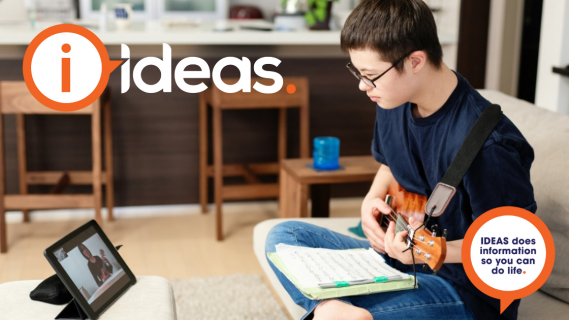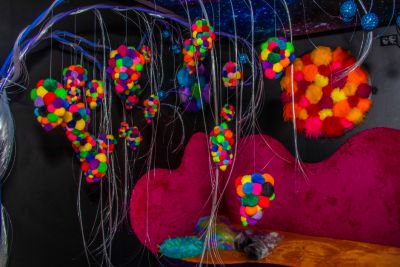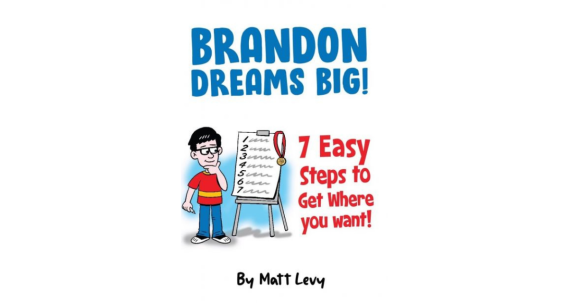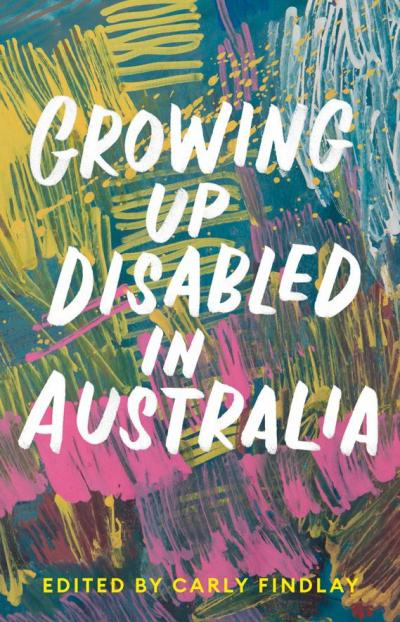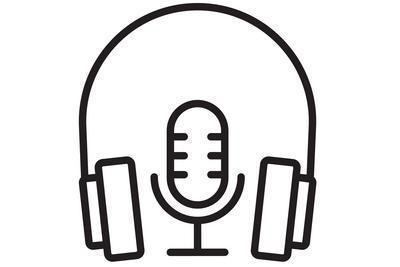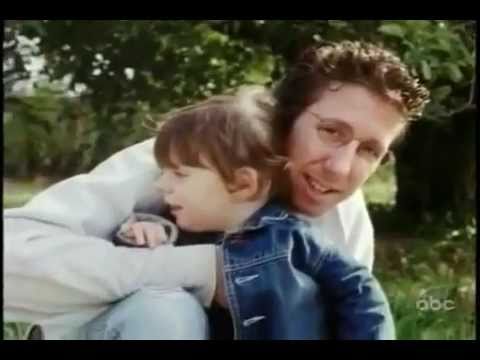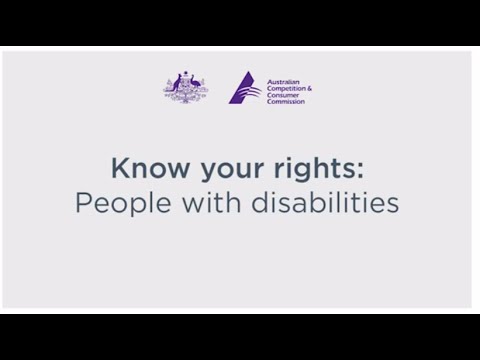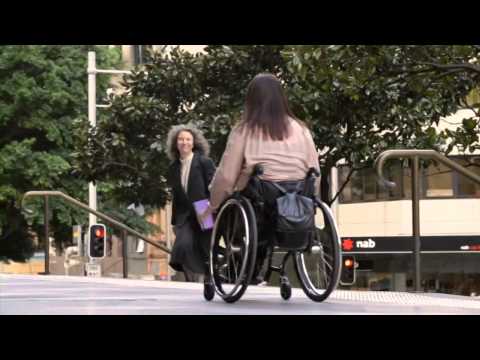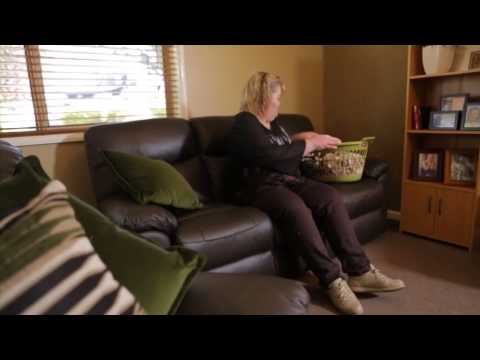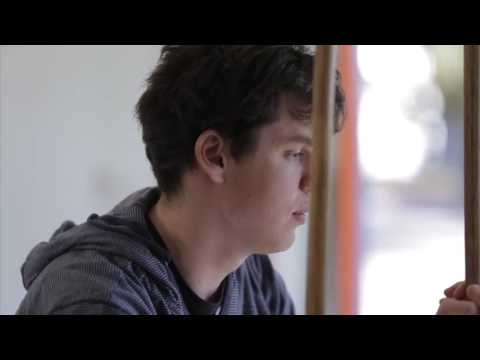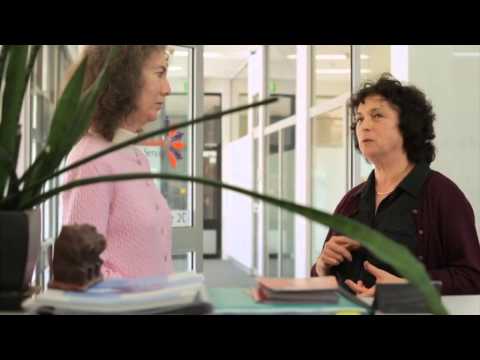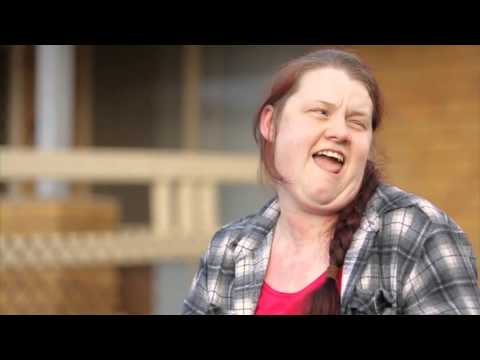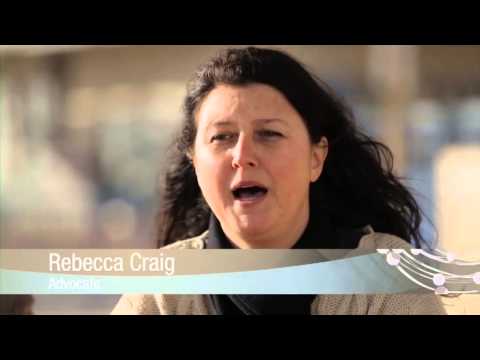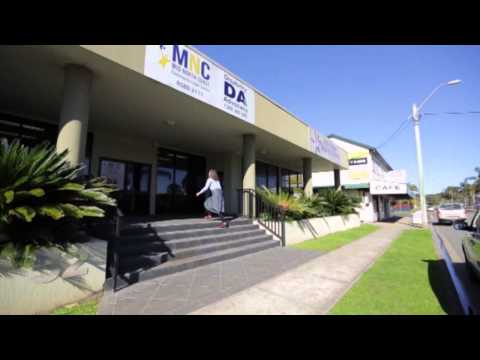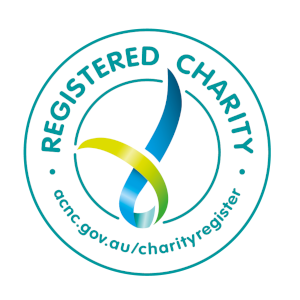Easter! In some schools, preschools, or classrooms, Easter Hat Parades and Egg Hunts are happening. Especially with younger classes. In case, here are some tips on making the season inclusive.
Easter, is a time of year when we see more than the usual number of colouring competitions, crafts, Easter hat parades and Easter egg hunts. Teachers and Librarians create themed displays, develop activities, run competitions and make crafts with their students.
Some schools have an Easter Hat parade, inviting children and willing teachers to parade with their hat creations. It can also be another opportunity to foster inclusion. This article offers many practical suggestions on how to achieve inclusion.
Ideas on Making Easter Inclusive
Simple adjustments can turn this childhood experience into a memorable one and teach messages of diversity and inclusion. Below are some ideas for use across the community and schools for students with and without disabilities.
For Parades and Egg Hunts
- Ensure the parade route is clear of clutter and easy to navigate and get around.
- Use social stories or pictures of parades from prior years to prepare students about what to expect.
- Practise what will happen on the day.
- Find a quiet place to watch the parade if the noise is too much, or keep cheering, or noise contained for only part of the parade or hunt.
- Incorporate noise-cancelling headphones into a hat if noise is an issue.
- Have breaks as needed and access to snacks and drinks, especially if watching all classes parade.
- A way to take part if there are too many people involved that it becomes overwhelming, for example, pre-recording students in their hats and sharing, or just one student hunts for one egg at a time.
- If a student does not enjoy dressing up, ask them to draw an Easter-themed picture.
- Encourage other ways to take part, like taking photos or writing an article for the school newsletter.
- Provide photos afterwards to family members or communication partners to help the student explain how it was.
- Buddy up with an older student or friend, or sibling if this helps the student take part.
- Source or make beeping audio easter Eggs—fillable Easter Eggs, moulded plastic that can hold audible identifiers.
- For sensory needs, consider limiting the number of participants in a hunt.
- Consider dietary needs and provide replacements to chocolate.
- Assign colours to each child. Select their colour so the child will only take eggs in their colour. Or have a single basket made up for each child, then they collect only one.
- Consider hiding eggs at what would be eye level for wheelchair users.
- For children with diabetes, it is also important that they have a similar egg to siblings and friends so that they do not feel excluded from the fun. The key is to eat small amounts of the egg at a time and spread throughout the Easter period. Source eggs that are small and have a toy or mug instead of extra sweets. You can find diabetic-friendly easter eggs.
- Learn from others – Ask around: you will be surprised at the tips other parents, supporters, and carers have come up with to make inclusive events!
- Plastic egg-shaped containers are perfect for putting a small toy in if you want to avoid chocolate or sweets.
- There are templates for "Fillable Fabric Eggs" online which you can make, or source a person local to you to sew on your behalf.
And some activities to try
Junee Licorice and Chocolate Factory have DIY kits! Freckle making, rocky road and Easter egg kits. Replicate the iconic hands-on experience at home. And they mail Australia-wide.
For a budget-friendly alternative, you can still do this at home. For a base, Rocky Road recipe, try our White Christmas Rocky Road. Swap the white chocolate for your choice of milk, dark chocolate, or a mix of both. Switch nuts and glace cherries with Turkish delight, honeycomb or another family-favourite sweet.
Another sensory and healthy recipe you might like to try is our Basic Bliss Balls. You can even try including a few drops of rosewater, food-grade peppermint oil or essence. (Find these in the baking section of the supermarket).
Easter Colouring. Easter is a popular time of year for colouring competitions. Keep your eye out for local competitions or search the internet for free colouring pages. Sites like Super colouring have lots to choose from. A great inexpensive activity.
Easter Egg Hunts. You can buy fillable Easter Eggs, moulded plastic that can hold audible identifiers. This helps make them accessible for children with no or low vision. For children with sensory needs, consider limiting the numbers of a hunt. Be aware of dietary requirements and provide alternatives to chocolate. Assign colours to each child. Explain their colour so the child will only take eggs in their assigned colour. Or have a single basket made up for each child, then they collect only one.
Further reading
Easter Egg Hunts for Kids with DisabilityIDEAS does information so you can do life.

